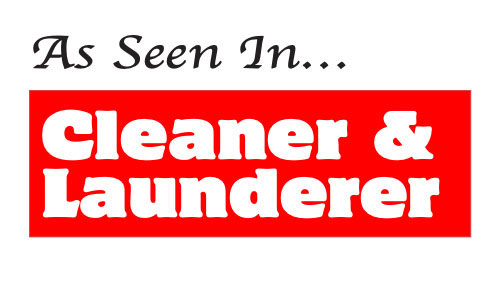Written by Steve Henshaw, P.G., President & CEO, EnviroForensics
As seen in the June 2013 issue of Cleaner & Launderer
Last month over 200 active or former dry cleaners received a letter from the State of California informing them that if they would pay money to the State, the State would settle a claim against them for contributing to environmental contamination at a long closed out solvent recycling and waste management facility. The drycleaners followed the law and sent waste solvent and filters to a hazardous waste management facility that was licensed by the State of California to handle such material. As part of having a license to operate, this facility was required to have a cleanup bond to pay for the removal of stored material and the cleanup of environmental contamination at the site. Should they shut down and walk away before such cleanup activities were completed.
While this particular situation seems unfair, I assure you that it is not uncommon. Whether it is the government, or a neighboring property owner, or a new owner of the site, environmental liability does not go away. Environmental contamination can lay dormant for years, even decades, but at some point, more often than not, it gets cleaned up and somebody has to pay for it. And when somebody has to pay, even if that somebody is the government, those that owned or operated the facility that generated, transported or disposed of the hazardous waste, contributing to that contamination, can be held liable for the cost of investigation and cleanup.
Today I want to tell you once again about long-tail liabilities and how they won’t go away. In fact, like taxes, the environmental statutes were written so that they would not be discharged or forgiven through a bankruptcy, ownership transfer, possibly even estate probate. Continue reading “Long-Tail Environmental Liabilities; That’s Why You Bought Insurance”
